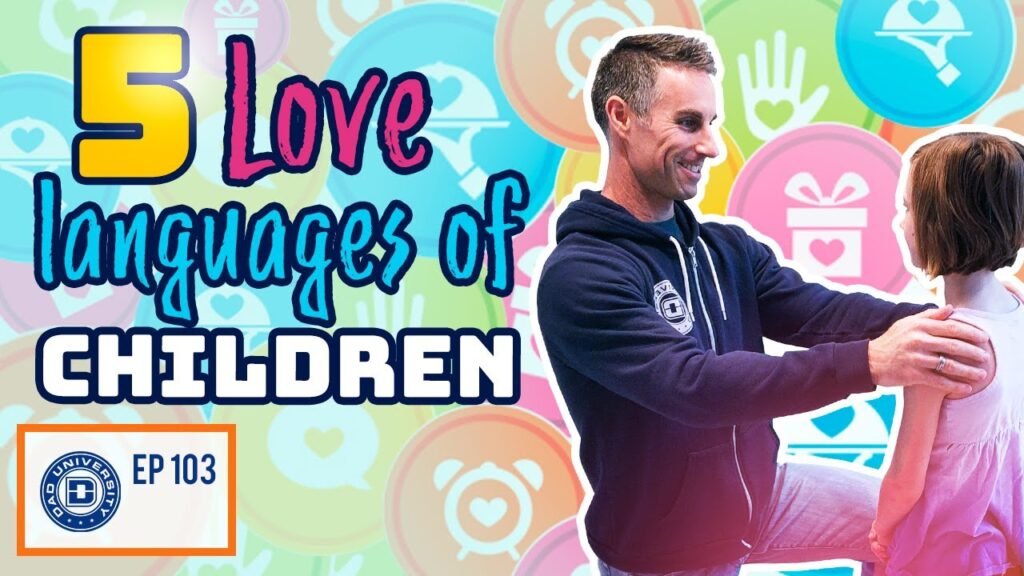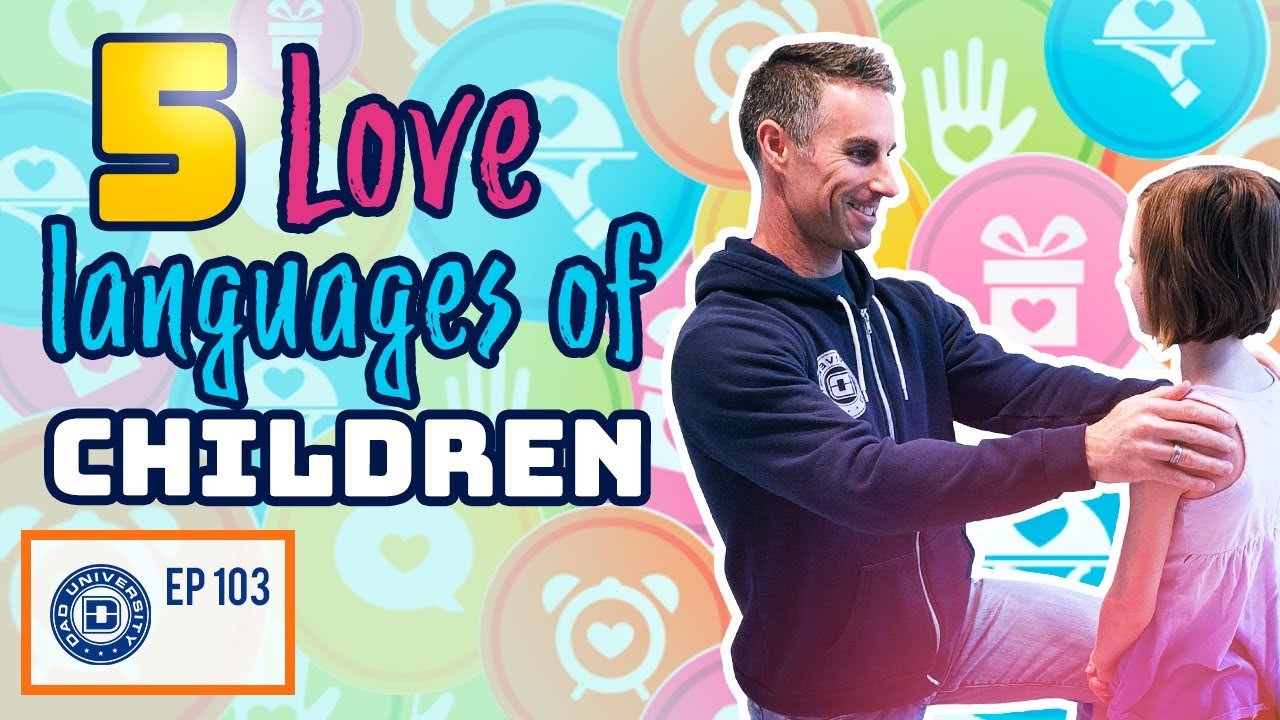In “The 5 Love Languages of Children Explained,” you’ll learn about the different ways children primarily receive love. Understanding your child’s primary love language, whether it’s words of affirmation, gifts, acts of service, quality time, or physical touch, can help strengthen your bond and make them feel secure. The concept of love languages helps us show love in meaningful ways that resonate with each child individually, and it’s essential to express love in a way that aligns with their primary love language.
As a parent, it’s crucial to recognize and cater to your child’s unique love language to ensure that they feel loved and connected. By identifying and actively expressing love through their primary love language, you’re creating a strong foundation for a healthy relationship and building a secure attachment with your child. Understanding the 5 love languages of children can significantly impact how you parent and nurture your child’s emotional well-being.

Introduction
Understanding the 5 Love Languages of children is crucial for building a strong and lasting bond with them. Developed by Dr. Gary Chapman and Dr. Ross Campbell, these love languages help parents identify how their children perceive and receive love. Each child typically has a primary love language, which includes Words of Affirmation, Gifts, Acts of Service, Quality Time, and Physical Touch. Learning and utilizing your child’s love language can significantly impact their emotional well-being and relationship with you.
Words of Affirmation
Children who resonate with Words of Affirmation feel loved through encouraging words and phrases. Compliments like “thank you for helping me” or “you did a great job” hold significant value for them. Both verbal and written expressions of affirmation play a vital role in making these children feel loved and appreciated. Whether you express your love through spoken words or heartfelt notes, the key lies in communicating positive and uplifting messages to your child regularly.
Gifts
Children who appreciate Gifts as their primary love language cherish tangible tokens that symbolize love. These gifts act as physical representations of your affection and care towards them. Examples of suitable gifts include books to read together, special photo frames, or customized items that hold sentimental value. When giving gifts to children who value this love language, the intention and thought behind the gift play a significant role in making them feel loved and valued.
Acts of Service
For children who resonate with Acts of Service, feeling loved comes through actions rather than words or gifts. Accomplishing tasks such as fixing a broken toy, preparing their favorite meal, or simply lending a helping hand can deeply impact these children. As children grow older, acts of service may involve supporting them in ways that empower their independence while still showing your love and care through thoughtful actions tailored to their preferences.
Quality Time
Quality Time is paramount for children who thrive on spending focused time together. Unlike gifts or words of affirmation, these children value undivided attention and meaningful interactions. Whether engaging in activities like coloring, reading, or playing games, the key is to prioritize one-on-one time with them. Quality Time transcends the activity itself; it’s about the moments shared and the connection formed during that time spent together.
Physical Touch
Children who resonate with Physical Touch feel loved and connected through physical gestures of affection. Whether it’s hugs, kisses, cuddles, or playful interactions, these children thrive on physical expressions of love. Engaging in tactile acts such as rubbing their back, holding hands, or giving a reassuring pat on the shoulder strengthens the bond and sense of security for these children. Physical touch serves as a powerful tool for expressing love and fostering emotional intimacy.
Understanding Each Child’s Primary Love Language
Identifying your child’s primary love language is essential for effective communication and bonding. While most children respond positively to multiple love languages, recognizing their primary language can personalize your expressions of love. By observing their responses to different forms of affection and interactions, you can determine their primary love language and adapt your communication to resonate with their emotional needs.
Pitfalls to Avoid
Emphasizing a single love language to the exclusion of others can result in potential pitfalls. Over-reliance on one form of expression may lead to imbalance and misinterpretation of love. It’s crucial to strike a balance between all five love languages to ensure a well-rounded and nurturing relationship. By being mindful of the pitfalls associated with each love language, you can navigate through challenges and create a harmonious environment where all forms of love are acknowledged and appreciated.
Creating a Strong Bond with Your Child
Understanding and actively using all five love languages can significantly strengthen the parent-child relationship. By incorporating Words of Affirmation, Gifts, Acts of Service, Quality Time, and Physical Touch into your interactions with your child, you create a foundation of love, trust, and understanding. Engaging with your child through various expressions of love fosters a deep connection and sets the stage for healthy emotional development. Dads play a crucial role in expressing love through all five languages, demonstrating care, support, and affection to their children consistently.
Conclusion
In conclusion, grasping the importance of the 5 Love Languages for children and implementing them in your parenting style can yield tremendous benefits. By recognizing and adapting to your child’s primary love language, you can foster a harmonious and loving relationship with them. Embrace the diversity of love languages, avoid pitfalls, and continue learning and adapting your expressions of love to promote a secure and nurturing environment for your child’s emotional growth and well-being. Remember, expressing love through Words of Affirmation, Gifts, Acts of Service, Quality Time, and Physical Touch creates lasting bonds and strengthens the parent-child connection.

